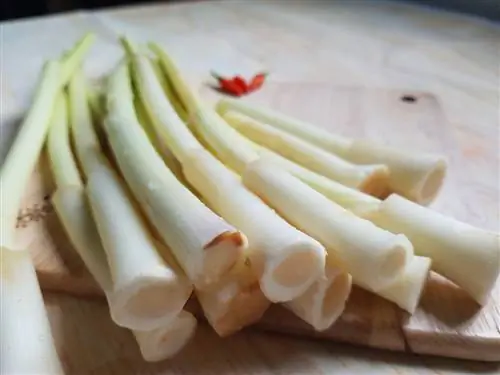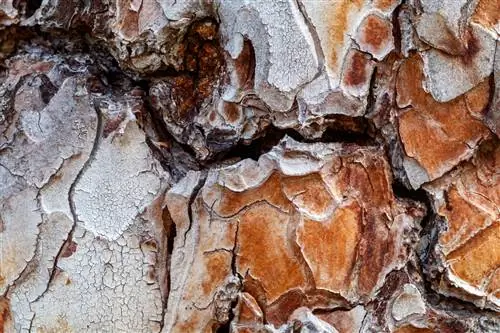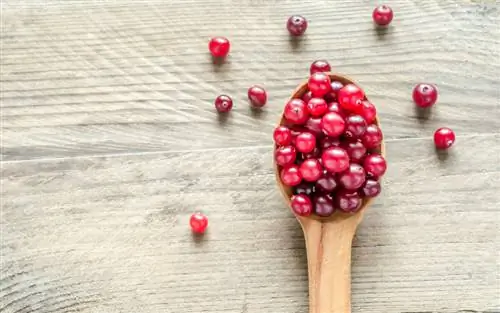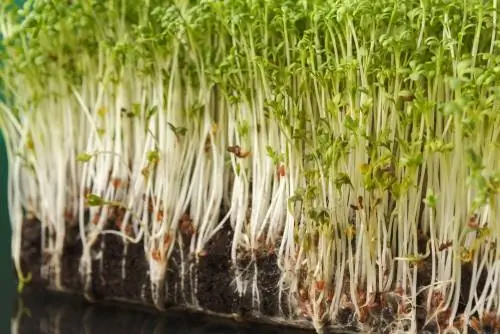- Author admin [email protected].
- Public 2024-01-05 20:48.
- Last modified 2025-01-23 11:22.
It's no longer a secret among survival fans and self-sufficient people: cattails are edible - and also quite nutritious. You can find out how the plants native to wetlands can be harvested and prepared in this article.

Can you eat cattails?
Bulrush is edible and nutritious: both the rhizomes and the young shoots, inflorescences and pollen can be eaten raw or cooked. Pay attention to local conservation laws and water quality when harvesting.
Which parts of the cattail plant are edible?
All plant parts of the cattail can be eaten both raw and cooked. The rhizome, the underground shoots on which the roots grow, provides a particularly large amount of energy. It contains a particularly high amount of starch and protein. The young shoots, inflorescences and pollen are also edible.
How to prepare cattails?
Bulrush can be prepared bothraw and cooked. Similar to potatoes, the rhizomes soften when cooked in water and the taste is comparable to bamboo shoots. They should be peeled before consumption. They can also be used to thicken soups and sauces. If the rhizomes are dried and ground into flour, they can also be used for baking bread. The fresh, still green shoots can be fried in the pan like asparagus. But they also work well in soups. The inflorescences are also suitable as stir-fry vegetables. A sweet syrup can also be made from them. The seeds are also used to produce oil, which is known for its hemostatic and disinfectant effects.
When can cattails be harvested?
The rhizomes of the cattail can be harvested all year round. The rhizomes contain a particularly large amount of nutrients in the colder winter months; in summer the nutrients flow into the growth of the plant. Spring is best for harvesting the young shoots. The male inflorescences can also be harvested in spring. In summer you mainly harvest the pollen, which is a bit laborious and time-consuming.
What should you pay attention to when harvesting?
Before harvesting cattails, you should check localnature conservation laws. Because some cattail species are protected and cannot be harvested. Even if it is allowed, you should only harvest as much as you want to eat and leave enough of the plant so that it can regrow. Also note that cattail is often used for wastewater treatment. They are particularly good at filtering pollutants out of the water and storing them in the roots. You should therefore check the water quality before harvesting and do not harvest cattails downstream from cities or industrial areas.
Tip
Cattails as food for rodents
Bulrush is not only edible for humans, it is also an interesting source of food for nutria, small rodents also known as beaver rats. Nutria are blamed for the decline of cattails in some areas of Germany.






